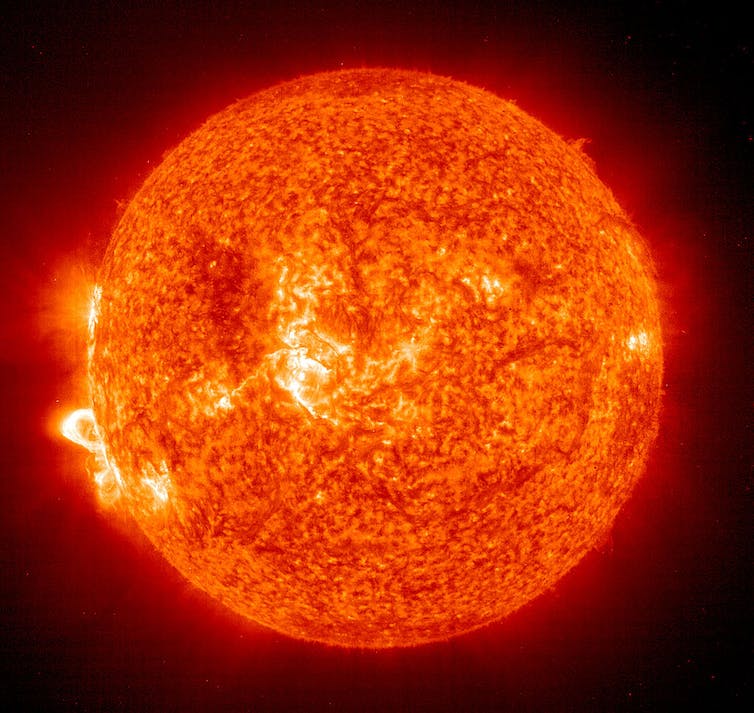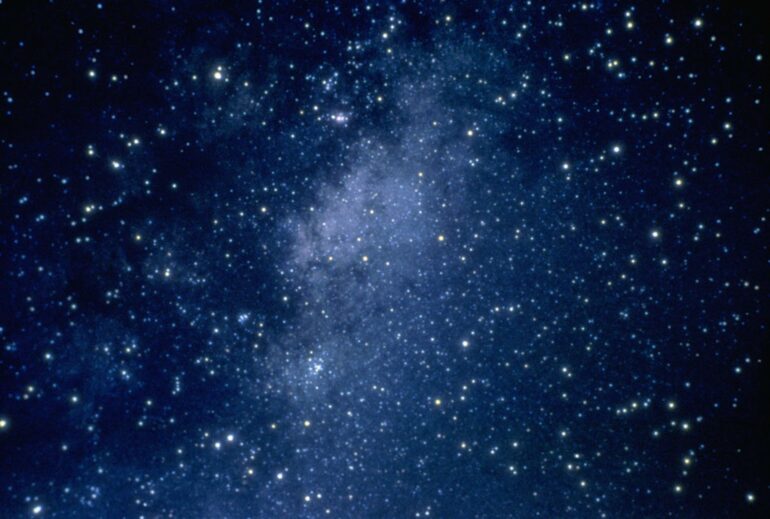
Curious Kids is a series for children of all ages. If you have a question you’d like an expert to answer, send it to [email protected].
How do we know the age of the planets and stars? – Swara D., age 13, Thane, India
Measuring the ages of planets and stars helps scientists understand when they formed and how they change – and, in the case of planets, if life has had time to have evolved on them.
Unfortunately, age is hard to measure for objects in space.
Stars like the Sun maintain the same brightness, temperature and size for billions of years. Planet properties like temperature are often set by the star they orbit rather than their own age and evolution.
Determining the age of a star or planet can be as hard as guessing the age of a person who looks exactly the same from childhood to retirement.
Sussing out a star’s age
Fortunately, stars change subtly in brightness and color over time. With very accurate measurements, astronomers can compare these measurements of a star to mathematical models that predict what happens to stars as they get older and estimate an age from there.
Stars don’t just glow, they also spin. Over time, their spinning slows down, similar to how a spinning wheel slows down when it encounters friction. By comparing the spin speeds of stars of different ages, astronomers have been able to create mathematical relationships for the ages of stars, a method known as gyrochronology.

Researchers estimate the Sun is 4.58 billion years old.
NASA via GettyImages
A star’s spin also generates a strong magnetic field and produces magnetic activity, such as stellar flares – powerful bursts of energy and light that occur on stars’ surfaces. A steady decline in magnetic activity from a star can also help estimate its age.
A more advanced method for determining the ages of stars is called asteroseismology, or star shaking. Astronomers study vibrations on the surfaces of stars caused by waves that travel through their interiors. Young stars have different vibrational patterns than old stars. By using this method, astronomers have estimated the Sun to be 4.58 billion years old.
Piecing together a planet’s age
In the solar system, radionuclides are the key to dating planets. These are special atoms that slowly release energy over a long period of time. As natural clocks, radionuclides help scientists determine the ages of all kinds of things, from rocks to bones and pottery.
Using this method, scientists have determined that the oldest known meteorite is 4.57 billion years old, almost identical to the Sun’s asteroseismology measurement of 4.58 billion years. The oldest known rocks on Earth have slightly younger ages of 4.40 billion years.
Similarly, soil brought back from the Moon during the Apollo missions had radionuclide ages of up to 4.6 billion years.




